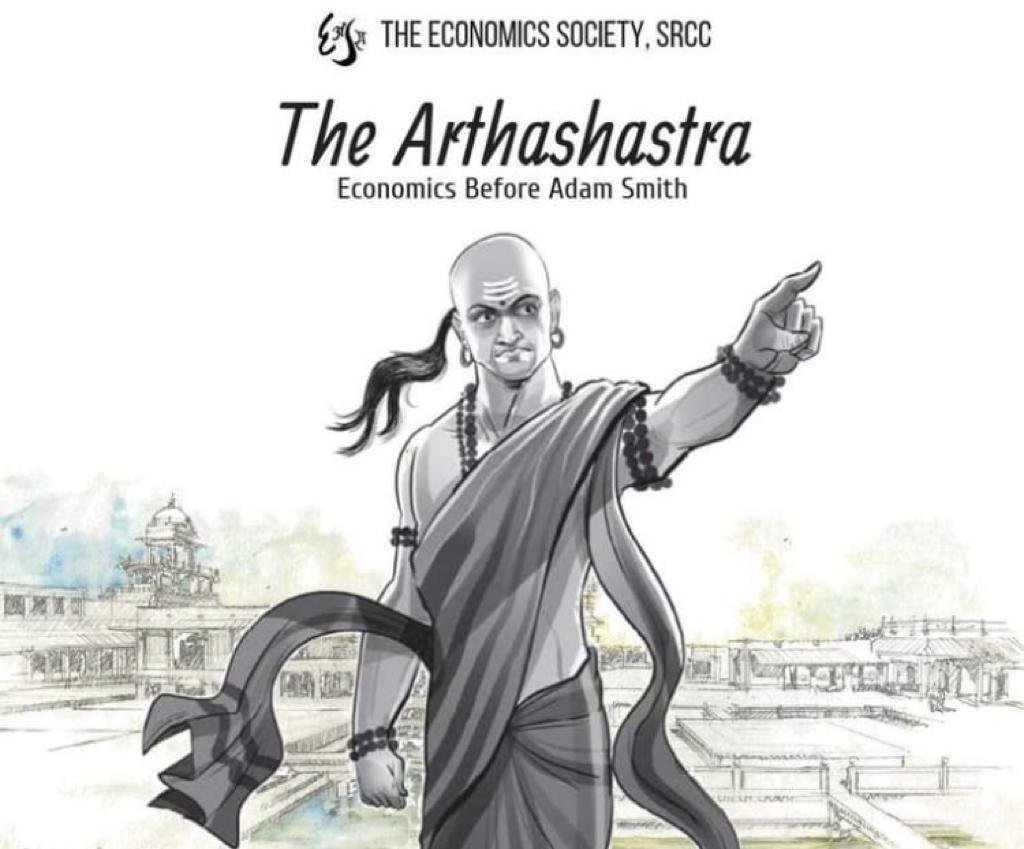
Celebrating Mahavari

We live in an age of modern medicine and science, but society treats them as nascent when it comes to issues concerning women’s health. When topics such as menstruation come up in a conversation, it appears more convenient to brush it under the rug and move on simply. People would rather keep quiet about it than address the issues that need attention. While childbirth is viewed as a beautiful phenomenon, the process of menstruation, which enables it to happen, is frowned upon.
Menstruation is still regarded as filthy and impure in many parts of India. There are multiple beliefs about menstruation, which have given rise to societal, cultural, and religious standards that prohibit women from engaging in various activities during their periods. They are considered impure and are not permitted to enter the kitchen, temples, or touch Holy Basil, pickles, or other foods. These myths stretch back to Vedic times and are frequently associated with Indra’s slaughter of Vritras. For, according to the Vedas, the shame of killing a brahmana manifests itself every month as menstrual flow, as women have taken on a portion of Indra’s guilt. Another sacred Vedic literature, the Trikandamandana, which relates the narrative of Indra’s death of Vritra, states that “one should not chat with a woman with soiled robes, nor should one sit with her or eat her food when she has emitted the color of ink.” Furthermore, under the Hindu faith, women are forbidden from engaging in typical everyday activities when menstruating. She must be “purified” before she can return to her family and daily responsibilities.
Cultural standards and religious taboos on menstruation are frequently exacerbated by traditional connotations with evil spirits, shame, and embarrassment surrounding sexual reproduction. In some cultures around Asia, menstrual blood is considered dangerous as a malevolent person can use it to harm a menstruating woman or girl through black magic. It is also believed that a woman can impose her will upon a man using her menstrual blood. Interestingly, even today, many people across India believe in these superstitions, although there is no logical or scientific explanation behind them.
Such ancient beliefs and taboos continue to influence the debate on the subject even today, with far-reaching effects. According to a Swachh India survey, two-thirds of the 60,000 cases of cervical cancer reported in India per year are caused by poor menstrual hygiene. Other health issues related to menstruation hygiene include anemia, long or short periods, infections of the reproductive tract, and psychological problems such as anxiety, embarrassment, and shame. Only 36% of India’s 366 million menstruating women use sanitary products, while the vast majority do not. According to a study, at least 71% of girls in India do not know about menstruation before their first period. Due to a lack of awareness, these young girls are more vulnerable to reproductive tract disorders and vaginal infections.
People’s unwillingness to even mention menstruation just exacerbates the situation. People frequently claim cultural and religious backgrounds as an excuse to remain silent about the subject. Then the question of why emerges. Many people are still embarrassed and uncomfortable discussing this phenomenon. So, one can assume that culture and religion are exploited by society to cover their indifference to discussing the problem, which is often believed to be a women’s issue.
However, a cultural facet that society frequently overlooks is how countless Hindu goddesses, who are revered as symbols of power and wisdom, are venerated during their menstrual cycles. To illustrate this, let’s discuss the Raja Parba festival, celebrated in the Indian state of Odisha. The festival is celebrated every year in June as the three-day menstrual cycle of Lord Vishu’s wife, ‘Bhudevi,’ or the Goddess of the Earth. Her menstrual cycle is believed to nourish the sun-dried soil as it awaits the monsoon, and, therefore, it leads to agricultural prosperity. Women all across the state prepare ‘Pithas’ and dress up in traditional attire. No woman performs household chores, and they gather in small numbers to play indoor games.
The ‘Ambubachi Mela,’ like the Raja Praba, is another event observed in eastern India. Thousands of worshippers gathered at the famed Kamakhya Temple in Guwahati for a celebration celebrating Shakti rituals. The Kamakhya Devi Temple is one of the eighteen Maha-Shakti Peethas. According to legend, when Lord Vishu dismembered the charred body of Devi Sati to rescue the universe from Lord Shiva’s anger, her yoni or valva fell into Pragjyotishpur, presently known as Guwahati. The Ambubachi Mela is held to commemorate the annual menstrual cycle of the dwelling goddess. Between the seventh and tenth days of the Hindu month of ‘Asadha,’ the shrine’s doors are kept closed to allow the goddess to rest. Rituals are conducted, and a festival is organized on the fourth day when the cycle is said to come to a close. The aura of the goddess is thought to be holy, and admission to the shrine is regarded as auspicious. On the same day, devotees are given prasad, and the ‘Raktabastra’ or ‘Angabastra’ is also distributed. The Angabastra is a piece of cloth that is used to cover the uni-shaped stone during the menstrual cycle of the goddess, and that piece of fabric is considered pure and divine.
What’s strange is that followers from all over the world hurry to acquire even a thread of the Angabastra, but these same people avoid discussing menstruation in their daily lives. While they worship a bleeding goddess, a young girl is not allowed to enter her own house during her period. Society has a long way to go before real improvement in women’s health, and hygiene is achieved. De-mystifying myths and taboos will necessitate people’s minds being opened, but can’t we start by not using religion and culture as an excuse to avoid discussing women’s health?
Dristi Jain Patni
Writing Mentorship 2021
References
● 23 Million Women Drop Out Of School Every Year When They Start Menstruating In India | Women’s Day
● Breaking the menstrual taboo that still holds women back
● https://www.thehindu.com/sci-tech/health/time-to-talk-period/article25921951.ece
● https://blogs.unicef.org/blog/men-must-talk-even-if-uncomfortable/
● https://digitalcommons.wku.edu/cgi/viewcontent.cgi?article=1702&context=stu_hon_theses#:~:text=What%20is%20a%20Menstrual%20Taboo%3F&text=In%20the%20case%20of%20India,men%20or%20non%2Dmenstruating%20women.
● https://www.ncbi.nlm.nih.gov/pmc/articles/PMC4408698/
● https://www.unfpa.org/menstruationfaq
● https://tabooau.co/2019/03/30/hindu-culture-and-menstruation/
● https://directortourism.assam.gov.in/frontimpotentdata/ambubachi-festival
● https://www.hindustantimes.com/lifestyle/festivals/raja-parba-odisha-s-3-day-festival-celebrating-menstruation-commences-101623641828717.html


